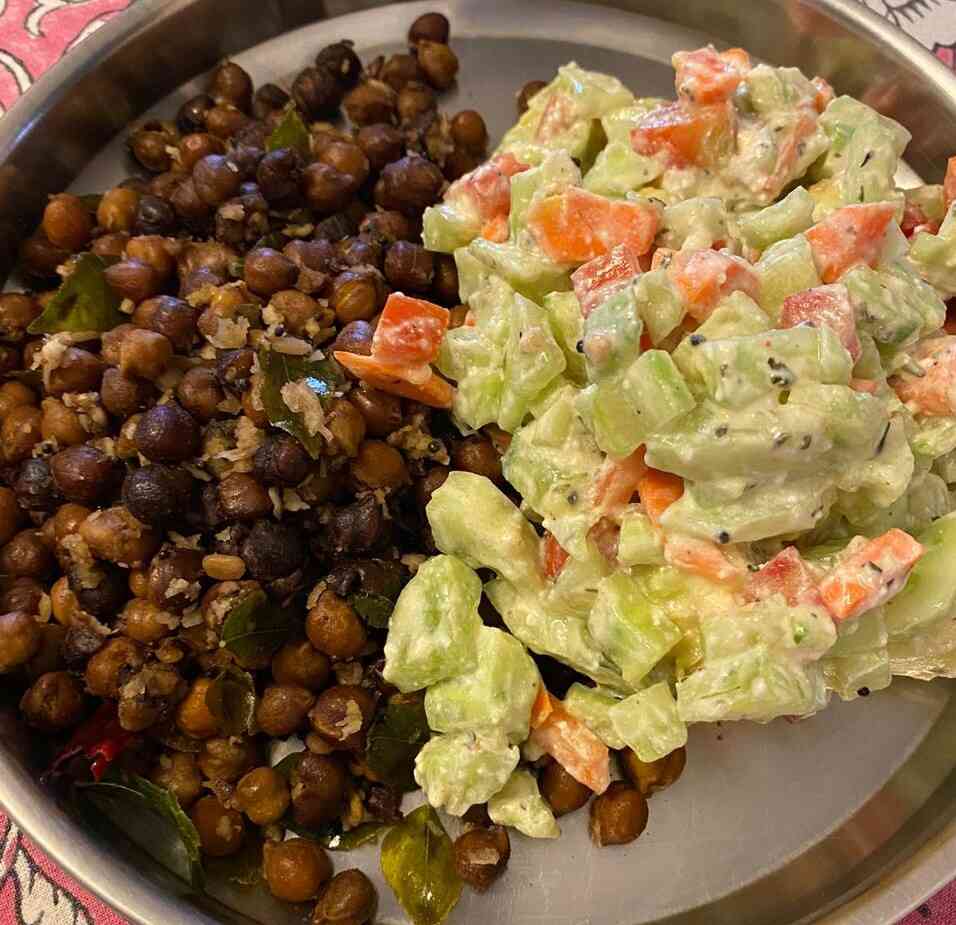Understanding The Pulse Of Our Plate
All you need to know about the benefits of pulses in your diet.
How well do you know your pulses?
Pulses are nutrient-dense foods rich in protein, carbohydrate, soluble fibre, minerals and polyphenols, that are a valuable addition to everyone’s diet. In this article, let us explore what pulses are, the benefits and how we can incorporate more of them into our diet.
What are pulses?
The term ‘pulses’ refers to leguminous crops harvested solely for use as dry grains (like chickpeas, kidney beans, black gram, lentils, etc). This term excludes crops like green peas and green beans that are also legumes, but are harvested green and are used as vegetables. Leguminous crops used mainly for oil extraction (soybean, groundnuts), also do not come under the definition of a pulse.
What are its benefits?
According to FAO (Food and Agriculture Organisation), pulses are beneficial for food security, health, sustainable agriculture and climate change mitigation. The broad genetic diversity of pulses allows for the selection of climate-resilient varieties, and their nitrogen-fixing ability improves soil quality and produces a low carbon footprint.
Studies have shown that people who eat at least ½ cup of pulses per day have higher intakes of fibre, protein, calcium, potassium, folate, zinc, iron, and magnesium and lower intakes of total and saturated fat. Pulses contain no cholesterol, have a low glycaemic index and have low-fat content – hence they can contribute to fighting non-communicable diseases like diabetes and obesity. Most national dietary guidelines recommend pulses as part of a healthy diet.

Did you know we even have a day dedicated to pulses?
To improve the awareness about the usefulness of pulses, FAO has declared 10 February as World Pulses Day. The theme of World Pulses Day 2020 was ‘Plant proteins for a sustainable future.
How to incorporate pulses in your diet?
Worldwide, there is a decline in the consumption of pulses and people are moving towards animal proteins. Though India also shows this trend, fortunately, many of our staple foods in India, be it sweets or savoury items, are made with pulses. Pulses are a common ingredient of our Indian thali, with the ever-famous dal. Sundal or usli is a traditional evening snack. Blended soaked pulses are used to make pesarattu, khaman and adai, which are used as breakfast items. Our household idli and dosa uses urad or black gram dal. Toddlers are given a cereal pulse porridge. Our besan laddoos, Puran polis as well as namkeens, like roasted channa and moong are also made from pulses.
When grains like rice or millets are combined with pulses, they form a more complete source of protein. So, they are considered complementary foods, each containing the amino acids that are lacking in the other. However, our regular Indian meals tend to be grain-heavy, leading to a host of lifestyle diseases like obesity and diabetes.
One way to reduce the grain proportion in our diet can be to increase the proportion of pulses (along with adding more vegetables) while reducing the proportion of rice or roti in our meals. An example can be to double the quantity of dal (pulse) in our Bisi bele bath or Khichdi while reducing the quantity of grain/cereal in it, thereby boosting the nutrient density of the food.

Not craving Indian? Some interesting ways in which we can enjoy pulses include making chickpea hummus, chickpea/bean mayo, bean and vegetable salad, cooked bean vegetable chaat, bean tikki, among others. These are fusions of international recipes with a healthy twist that can appeal to the generation next.
It is important to note that dry pulses contain some anti-nutrients like phytate, lectins and tannins that can hinder nutrient absorption. However, there are steps we can take to neutralise these anti-nutrient factors and enhance the nutritional quality and bioavailability of nutrients in our pulses. Here are some ways to do so:
- Soaking pulses in water overnight and discarding the water,
- Sprouting the pulses,
- Fermentation (as we do in the case of dosa batter)
- And Pressure cooking effectively degrades phytate and lectins.
National Health Servies (NHS) UK has a ‘5 A Day’ slogan that advises consuming two portions of fruits (160 g), two portions of vegetables (160 g) and one portion of pulses (80g). It can help people easily meet their nutritional requirements.
Incorporating the humble pulse into our diet in both traditional and modern ways can be beneficial not only for our health but also for the health of our planet, without compromising on our palette.
Comments
You may like to read:

Health and wellness
Five Lifestyle Changes To Ease Bladder Control

jessica smith
5 mins read

Health and wellness
Five things to keep in mind when considering organ donation

sunayana singh, ceo of organ india, an initiative of the parashar foundation
3 mins read

Health and wellness
How NURA Uses AI-Enabled Screening to make a difference in Preventive Healthcare

Silver Talkies
4 mins read

Post a comment